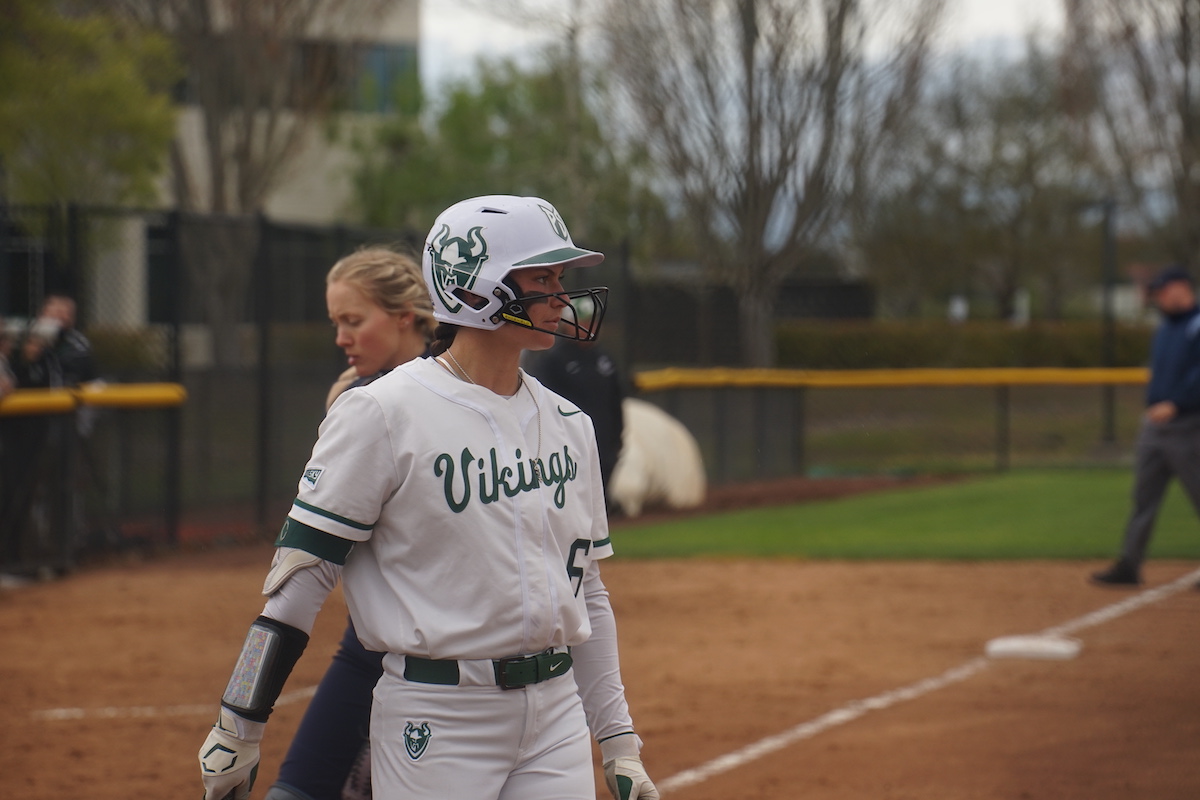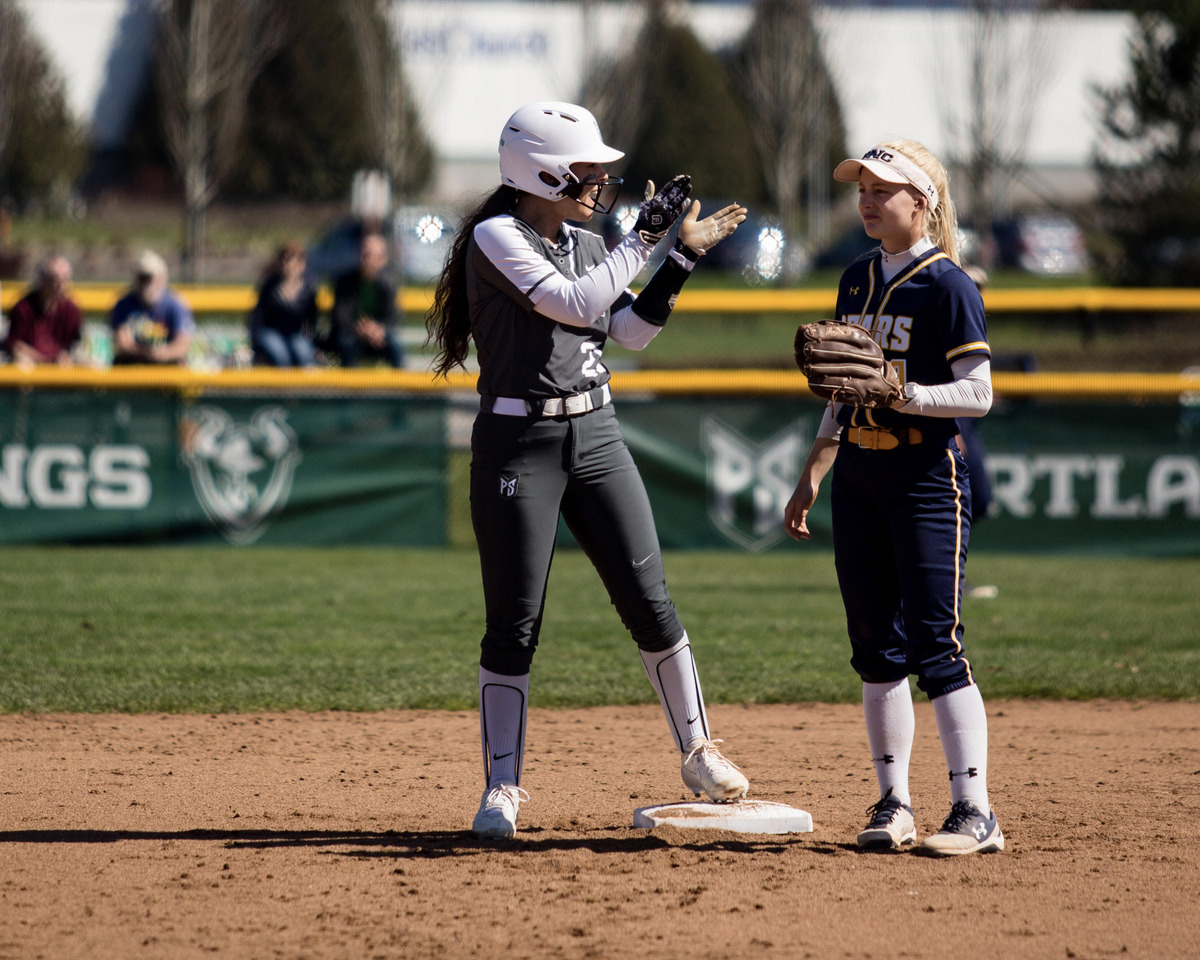When COVID-19 brought about the suspension of all major U.S. sports, it created a number of uncertainties. Will there be an NBA champion this year? Is the NFL season going to begin at the same time? Will we still have the NCAA basketball tournaments? For the thousands of workers employed by sports venues and teams, the question was much different: Where is my income going to come from?
While some of these questions have been answered and several teams have begun to pledge financial support to their respective employees, many workers—specifically those employed by third-party vendors—have not seen a penny. For those who have seen compensation, it is often not enough to make ends meet.
Substantial loss in revenue across sports leagues has contributed to layoffs, furloughs and indefinite suspensions of employment throughout the sporting world, with projections anticipating far greater loss if cancellations continue for many more months.
The topic of compensation is complicated by the fact that support funds have varied on a team-by-team and city-by-city basis. While some cities and leagues were forced to respond immediately—whether due to population density or their sport being in season—others have had to play catch up.
Major League Baseball reached an agreement on March 17, with each MLB team paying $1 million toward ballpark workers who have lost employment due to the COVID-19 hiatus. Major League Soccer proposed a salary reduction to its players on May 11 that included a 20% pay cut across the board in an effort to reduce expenses and reallocate funds.
Beginning on May 22, the NFL will implement reductions in salary for managers and executives making more than $100,000. The reductions range from 5–15% and are dependent on the position of the employee. NFL commissioner Roger Goodell has also announced that he will forego his salary—which could have reached up to $40 million—for the upcoming season.
Some players and owners have taken it upon themselves to assist workers impacted by the loss of sports, while other teams have joined forces to support their community. The Los Angeles Lakers, LA Clippers and LA Kings have teamed up with their home arena, STAPLES Center, to fund lost wages through the end of the NBA and NHL season.
A complete list of the efforts being made by individual NBA teams and players can be found online.
While contributions have been made throughout various sports teams and leagues, there are no minimum requirements or guidelines as of now to determine the manner in which these contributions must be made. How much money is received and who qualifies for compensation has varied across sports leagues.
A survey conducted by USA Today of all NBA, NHL and MLB teams found significant variation in how financial assistance is provided to game-day workers. Of the 91 teams surveyed, only 29 said they were paying workers employed by third-party vendors who aren’t on the team or venue’s payroll.
Many third-party contractors who work concessions, cleaning or security at sports venues have not been offered any compensation because they are not on the venues’ payroll. Other third-party contractors said they reached out to their vendors in the hopes they would continue paying gameday employees but have not received any confirmation.
According to team and union officials, the number of game-day workers present to staff an MLB, NBA or NHL game on any given day can range from 400 to more than 1,000, depending on crowd capacity, size of venue, and the team’s financial standing.
With such a high turnover rate in employees at each game—few employees work every game of a team’s season—teams have estimated there are thousands of game day employees working a venue over the course of a season. Many of these workers are employed part-time at multiple venues, and some work other jobs.
Some have pointed to billionaire owners, multi-million dollar facilities and local funding as reason enough for the teams to be responsible for financially compensating their employees—whether or not they are employed by third-party contractors.
Others, however, have pointed to Americans’ vulnerability to financial catastrophe as an indication of the inherent flaws present within society, arguing that a person’s ability to survive a pandemic should not be dependent on their employer.
How long America continues without sports will determine the severity of the financial repercussions faced by those workers who have been left unemployed by the pandemic.
As director of the National Institute of Allergy and Infectious Diseases, Dr. Anthony Fauci said when discussing the possible timetable for a return to NFL football: “The virus will make the decision for us.”
Decisions made and damage done cannot be undone, but the opportunity to implement positive change and updates to future policies remains.
Perhaps the best thing to come from this pandemic will be the impetus it has brought upon the U.S. to take a good look in the mirror and reevaluate its priorities and ability to respond to a pandemic.






